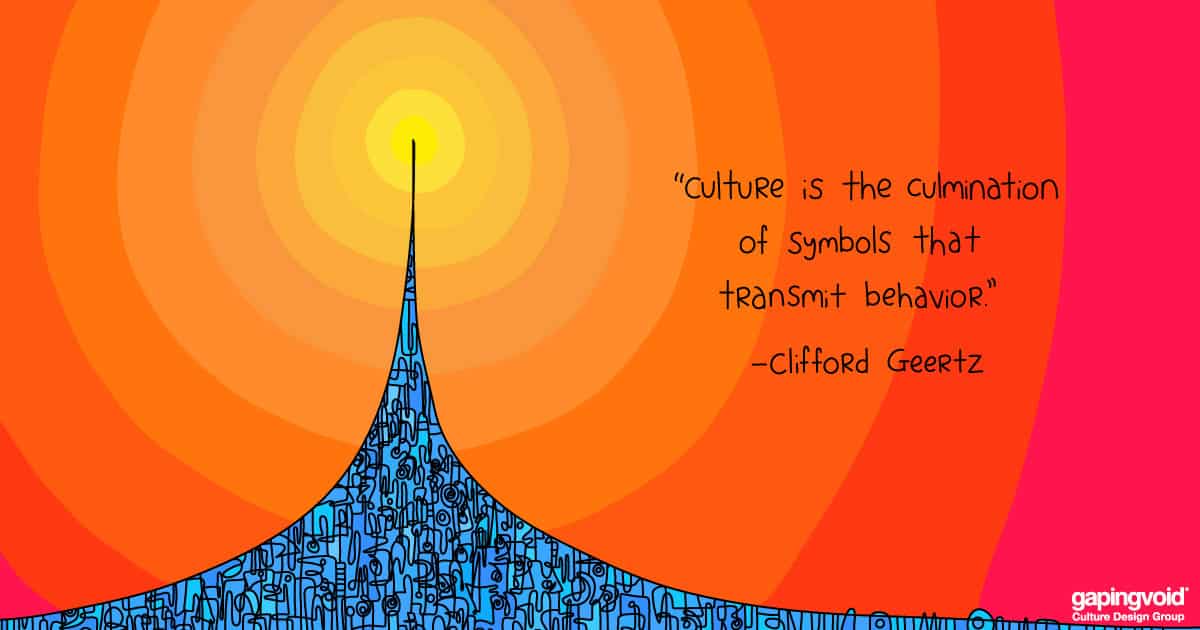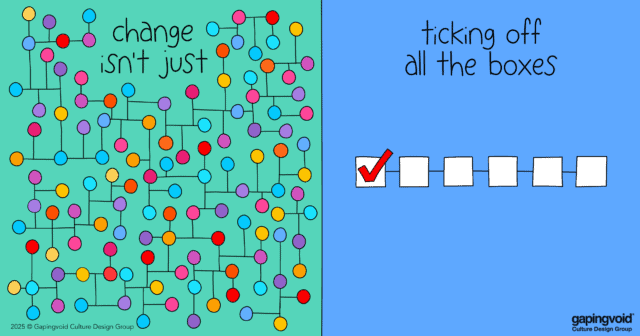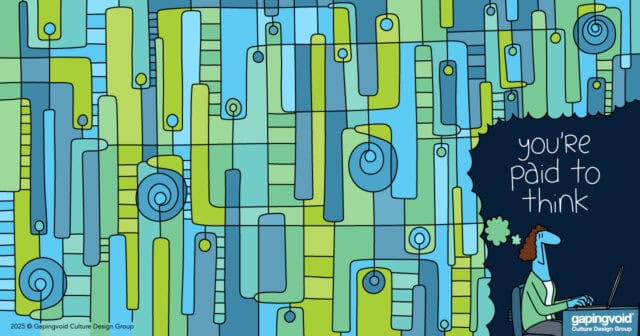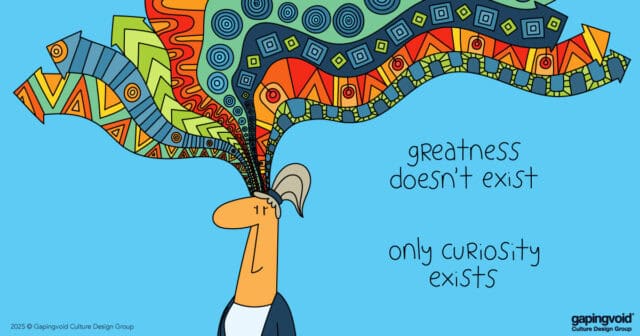
Remember the Peace Sign? Back in the 1960s during the Vietnam War, the hippies would hold two fingers up in a “V” to communicate “Peace!”
So why is a word that starts with a “P,“ suddenly using the letter “V”?

Well, it turns out it wasn’t originally an American hippie thing. Winston Churchill and the Brits were famous for using it during VE Day in 1945. It actually came out of Belgium during World War Two, of all places.
Belgium was invaded and occupied by the Germans in 1940, while they were marching en route to capture Paris. Then, according to the author, Dorinda Balchin,
“As the Germans pushed west in 1940 [a Belgian politician, Victor de Laveleye] fled to Britain where he was put in charge of the BBC’s broadcasts to occupied Belgium and soon became the symbol of free Belgians everywhere. On 14th January 1941 Laveleye asked all Belgians to use the letter ‘V’ as a symbol of resistance and a rallying cry to fight the invaders because, he said, ‘V is the first letter of Victoire (victory) in French and Vrijheid (freedom) in Flemish, like the Walloons and the Flemish who today walk hand in hand, two things that are consequences of each other, Victory will give you Freedom’.”
And it caught on.
De Lavaleye went on to say,
“The occupier, by seeing this sign, always the same, infinitely repeated, [will] understand that he is surrounded, encircled by an immense crowd of citizens eagerly awaiting his first moment of weakness, watching for his first failure.”
Next thing you know it was everywhere, scrawled on walls all over Belgium, Holland, and Northern France. According to the Imperial War Museum in London, because three dots and one dash made the letter “V” in Morse code, there was even a neat trick where Belgian bartenders would garnish their cocktails with four pieces of fruit- three cherries and one piece of something else, just to signal to the customer what team he was on.
It’s easy to see why it spread:
- It represented a powerful idea. Victory. What idea could possibly be more important to the people of a small, occupied country?
- It translated well. Victory in English, Victoire in French, Vrijheid in Flemish, Victus in Latin etc.
- It was easy. All you needed to do was make two short lines with a piece of chalk. You could make your point in five seconds, without any occupying soldiers seeing you.
- It was versatile. There was no end to the materials you could use. From the aforementioned piece of chalk and cocktail garnishes, to a pair of sticks or a small can of paint.
- It was memorable. You only needed to remember ONE single letter of the alphabet. Nor did you have to explain its meaning- people would project their own meaning onto it, people would make it their own.
This V-for-Victory idea is a mnemonic – a little word, idea, image or device we use to help us remember something, or in this case, a mental shortcut to help us communicate a complex idea as simply as possible.
We’re surrounded by these heuristics in our daily lives, but they have a role in business as well.
If you need an important idea to spread socially, either inside or outside your business, like the V-sign in war-torn Belgium, there’s nothing better.



